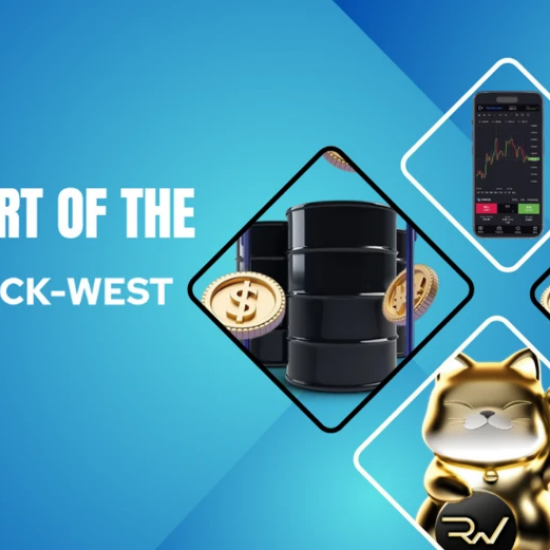Want to beat Warren Buffett’s investment returns? Don’t want to spend a lot of time working at it? Bloomberg’s macro strategist Cameron Crise has just the investment process for you…
Last week I wrote about a simple model that is surprisingly effective at profiting from the rebalancing tendencies of passive investors. This in turn brought to mind another well-known instance of behavioral herding that has led to consistent profits — the so-called “pre-FOMC drift,” wherein U.S. equities tend to rally just before and just after FOMC meetings.
What would happen if we combined the rebalancing model with a strategy designed to profit from the pre-FOMC drift? I assessed the performance of going long the S&P 500 on the close two days before each FOMC meeting and exiting the trade on the close of each FOMC day. In measuring the historical performance of such a model, it’s important that we don’t include any forward-looking information. Some of the best daily S&P 500 returns have come on days featuring intra-meeting easings. Alas, we have to exclude them from our study given our inability to pre-position for them.
Regardless, the performance of the combined model is still pretty fantastic. Since 1994, it has generated an annual return of 8.6% with a volatility of 9.3%. That ratio (0.92) trounces the equivalent for a passive investment in the S&P 500, including dividends (0.69). Not too shabby for 40 days of work per year (two days a month for the rebalancing model plus 2 days for each of the eight annual Fed meetings)! Given that the rebalancing model in particular is a mean-reversion strategy, it stands to reason that it should be a diversifier against a standard passive portfolio. What happens if we combine a passive allocation in the S&P with an overlay of the rebalancing and Fed strategies?
It turns out that the answer is “lots of good things.” Combining the behavioral overlay with a passive investment boosts the average annual return of an SPX long from 10.1% to 18.9% over the last 23 years.
The realized vol of this strategy is higher, but only modestly so; the annualized volatility of the portfolio goes from 14.7% to 16.9%. Notching an extra 8.8% return for an increased vol of just 2.2% is a pretty effective use of a risk budget!
The chart shown above plots the cumulative returns of a passive investment in the S&P 500, a passive investment overlaid with the monthly rebalancing model, and a passive investment overlaid with both the rebalance and Fed models. It also shows the cumulative returns of Warren Buffett’s Berkshire Hathaway over the same time frame. Not only does the passive strategy with behavioral overlay trounce the passive strategy by itself (outperforming in 19 of the 23 years modeled), it also beats Berkshire (while generating substantially less volatility). While the combined model only beats Buffett about half of the time, the most notable successes have come in the last 10-15 years.
Obviously there is no guarantee that these behavioral overlays can deliver the same sort of outperformance in the future as they have in recent years. There is often a sort of “Heisenberg principle” at work, wherein we alter the performance of a market phenomenon merely by observing it. Moreover, the results above do not account for real-world considerations such as transaction costs, etc. (Though those should be modest if futures are employed to implement the behavioral strategy.)
Nevertheless, the results portrayed above do suggest that there remains significant alpha to be had from mining the behavioral tendencies of market participants. Warren Buffett likes to sing the praises of Graham and Dodd, but they never won the Nobel Prize for Economics; Kahneman and Tversky did. And if you can trounce both passive investors and Warren Buffett by trading just 40 days a year, that offers plenty of time to research the next market-beating anomaly before the Street catches up.









